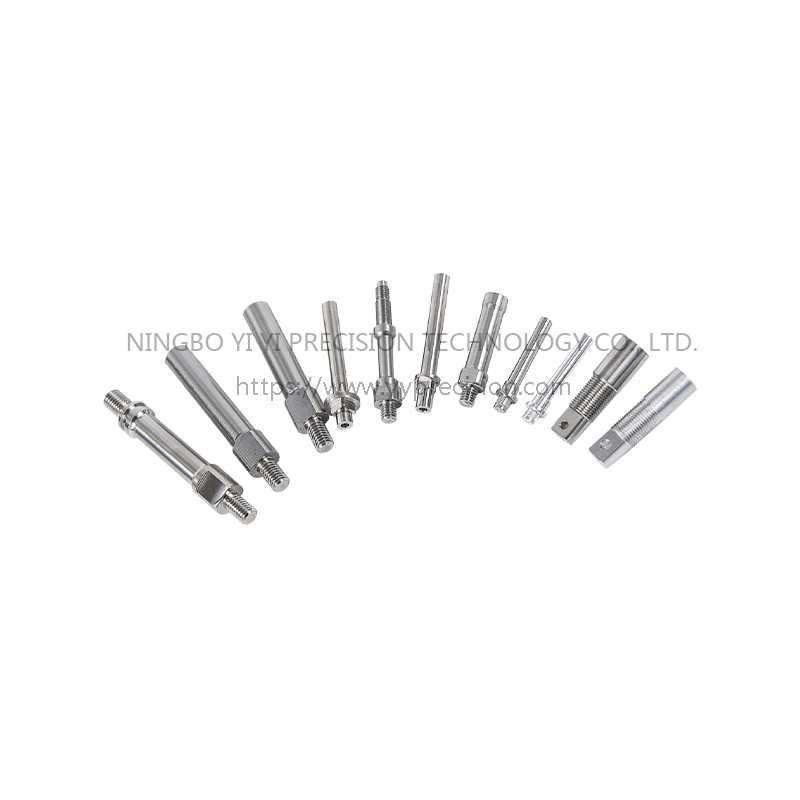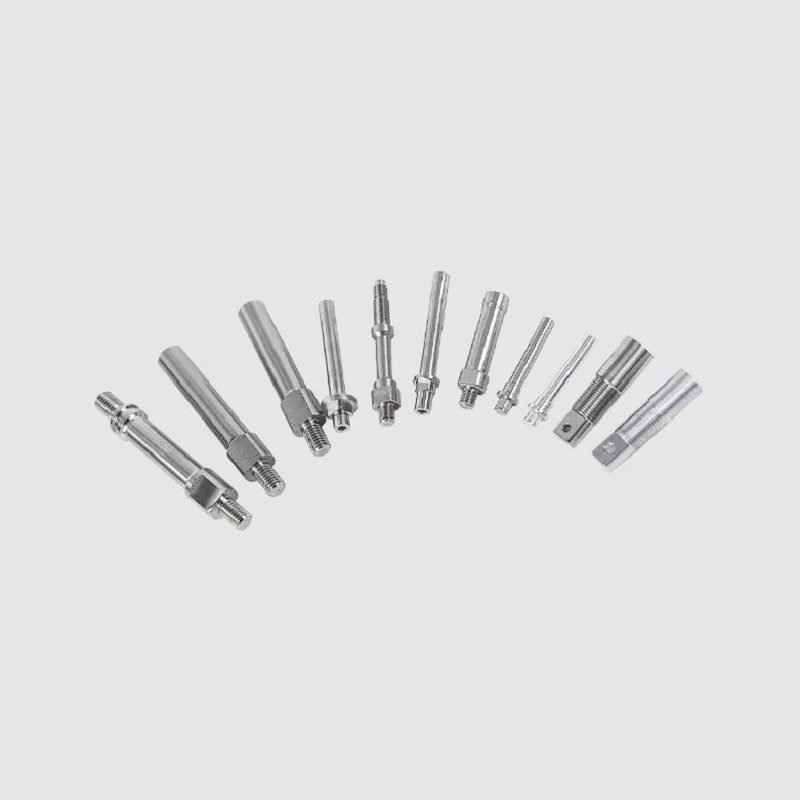Corrosion is a pervasive and relentless force that gradually deteriorates materials, leading to structural weakening, operational inefficiencies, and potential failures.
Stainless steel shafts, celebrated for their exceptional corrosion resistance, stand as a stalwart defense against the corrosive onslaught of various environments.
The Science Behind Corrosion Resistance: Passive Protection
The secret to the corrosion resistance of
stainless steel shafts lies in their unique composition, particularly the presence of chromium. When exposed to oxygen in the air or water, a thin but tenacious layer of chromium oxide forms on the surface of stainless steel. This passive oxide layer acts as a protective barrier, preventing the underlying metal from interacting with corrosive agents. The tightly adhering nature of this layer ensures that it continues to reform even if damaged, further enhancing the material's resistance to corrosion.
Factors Influencing Corrosion Resistance
Several factors play a pivotal role in determining the corrosion resistance of stainless steel shafts:
Chromium Content: The higher the chromium content, the more effective the passive oxide layer. Stainless steel shafts typically contain at least 10.5% chromium to ensure adequate corrosion resistance.
Alloying Elements: While chromium is a primary contributor to corrosion resistance, alloying elements like nickel, molybdenum, and nitrogen can further enhance this property. These elements modify the microstructure and strengthen the passive layer.
Surface Finish: A smooth, clean surface promotes the formation and maintenance of the protective oxide layer. Rough surfaces or contaminants can compromise the barrier's integrity.
Stainless steel shafts find their mettle tested in a plethora of environments, proving their mettle where corrosion resistance is paramount:
Marine Engineering: The maritime environment, characterized by the relentless onslaught of saltwater, demands corrosion-resistant materials. Stainless steel shafts are essential components in ship propellers, marine engines, and offshore structures, where their ability to fend off saltwater corrosion ensures longevity and reliability.
Chemical Processing: Industries dealing with aggressive chemicals, acids, and bases rely on stainless steel shafts to maintain structural integrity and prevent contamination. Chemical reactors, pipelines, and storage tanks benefit from stainless steel's corrosion resistance.
Food and Beverage: The hygienic requirements of the food and beverage industry align seamlessly with stainless steel's corrosion resistance. Shafts used in food processing equipment, breweries, and dairy plants uphold cleanliness and product integrity.
Infrastructure and Architecture: Stainless steel shafts lend their corrosion resistance to architectural structures, bridges, and monuments exposed to diverse atmospheric conditions. Their aesthetic appeal, coupled with their durability, makes them a choice material for urban landscapes.
Oil and Gas: The demanding conditions of oil and gas exploration and production demand materials that can withstand corrosion from hydrocarbons, salts, and gases. Stainless steel shafts play a crucial role in downhole equipment, pipelines, and refineries.
In the battle against corrosion, stainless steel shafts emerge as stalwart defenders, armed with the power of passive protection. Their unique composition, coupled with careful consideration of factors influencing corrosion resistance, allows them to triumph over a wide range of corrosive environments. From maritime domains to chemical processing and beyond, stainless steel shafts epitomize the fusion of science, engineering, and resilience, ensuring that our technological landscape stands strong against the relentless forces of decay.

304 Non-Standard Parts Processing, Double Flat Bit, Double Head Thread
material: Stainless Steel (Sus304303316420440c, 630, Etc.), Carbon Steel (# 45, A3, Etc.), Aluminum (606160637075, Etc.), Copper (Brass, Red Copper, Bronze, Phosphor Bronze, Etc.), Iron (12141215, Etc.), Titanium Alloy, Iron-Nickel Alloy, PEEK, POM, PE, PET, Etc.
Diameter Range: 0.1-200mm
Length Range: 0.5mm -- 1000mm
Color: Natural Color, Passivation, White Zinc, Black Zinc, Blue Zinc, Nickel, Chromium, Aluminum Oxide, Etc.

